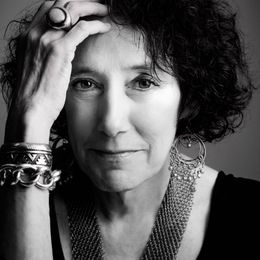On the Camino Trail at 75
From this challenging walk, what emerged for me was a heightened awareness of my own life and how best to live it
"If you are going to doubt something, doubt your limits." A card on my desk reminds me of that every day. In April, I walked a section of the Camino de Santiago celebrating my 75th birthday after having spent my actual birthday in bed with COVID.
The night before the walk began, lying awake in the hotel room in Vigo, Spain, I said to Marcia, my friend and traveling companion who is also 20 years younger than I am, "Do you have anxiety too?"
"I think we're up [a] creek," she said. And she burst into tears.
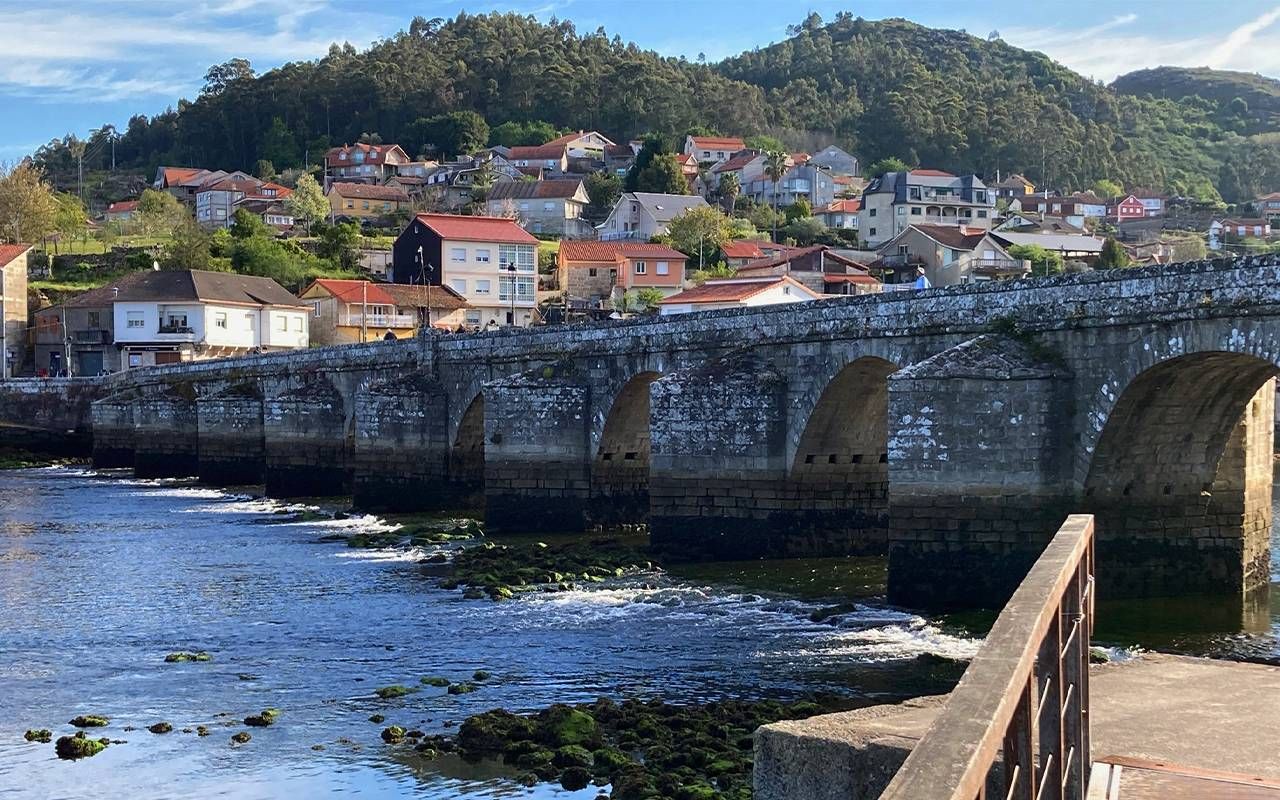
Putting one foot in front of the other — over 36,000 steps according to my Fitbit — was a metaphor for going forward with my life.
The Camino is a network of ancient pilgrim routes, named after St. James, whose body was found in a field in Galicia and transported there in a boat led by angels 800 years after his death. I've no attachment to religion, and I didn't have a religious experience while I was out there, just my trekking poles sounding out the rhythm of my pace.
Yet at the end of Day 1 and almost 15 miles, I wasn't the same person who'd started out. Looking across to Marcia at dinner that first night, I said, "I'm happy." I could feel a smile spreading across my face and I felt hopeful in a way I haven't in such a long time, like my life was opening up again.
As for so many, the pandemic was a game changer, when doors had closed, and my days became circumscribed because my age identified me as at-risk. Even as my world gradually began to unlock, I was aware of the potential threat, always looming.
I Felt Like a Survivor
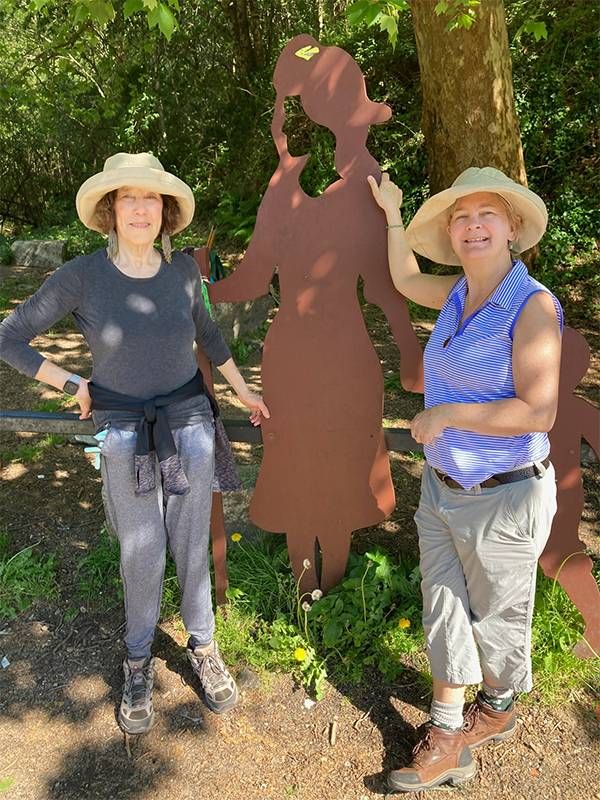
Now, at 14.3 miles, I felt like a survivor. Putting one foot in front of the other — over 36,000 steps according to my Fitbit — was a metaphor for going forward with my life. More steps. More choices. More experiences.
Marcia asked me what my favorite part of that day was. It was toward the end of the 23 kilometers. I was tired. Arriving at a stretch shrouded from the sun by trees, the road was unpaved, forested. We'd just finished a tough uphill and the descent felt kind.
The walk ended gently, like a deep breath into the home stretch, to a town called Arcade. Arriving there, we met a couple who'd been on the trail for ten days. Even though they didn't look like the "type," they'd once been to the base camp of Mt. Everest. But then what does a walker look like?
Honoring the Big Birthdays
Out on the Camino, I was continuing a tradition that began when I was 45 years old and ran a half marathon. Honoring each of the years ending in a five or zero — what I call the big ones — I challenged myself to do the "impossible." Thirty years and their assorted exploits, from physical challenges like climbing Machu Picchu at 60 to lifestyle transitions such as receiving an MFA in creative writing at 65, have passed. While my limits have changed over the years, the insistence to try only a little bit harder stays with me.
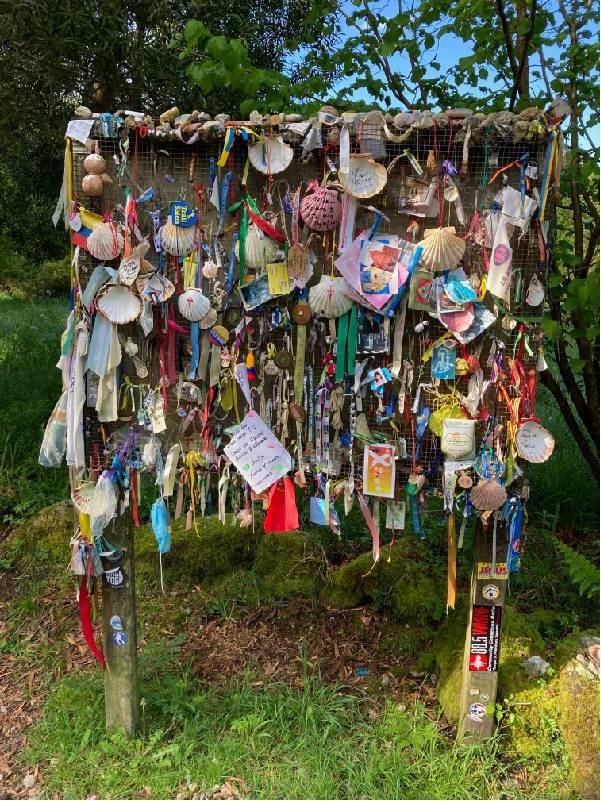
Just as I'd trained for century (100 mile) bike rides and for Machu Picchu, six weeks before leaving for the Camino I began preparing, with almost daily walks that included a long one on Sunday mornings. Walking takes time. And taking time, for me, can be challenging. Until, on the Camino, time became irrelevant.
Sure I'd look at my Fitbit, check the steps and the time, but it didn't matter. I was following the yellow brick road. Yellow arrows and representations of scallop shells whether painted on the ground, a lamp post or a garbage can, lead the way. There were also more official concrete markers that indicated the distance in kilometers to Santiago. You wouldn't get lost. There was going to be a sign providing direction when you needed one, a metaphor to take off-road.
The next day, a shorter walk but uphill and downhill and then again, afterwards sitting at a café, late afternoon with a glass of chilled albarino, olives and nuts, I was relaxed and without purpose. That may have been another message, one I unintentionally invoked when I forgot to get my "pilgrim passport" stamped on the first day. I needed two stamps a day as proof that I walked the 100 kilometers required to obtain my 'Compostela' or 'Certificate,' the official testament of my journey.
Redefining Purpose
More concerned about walking the walk than the stamp, I wouldn't be eligible for the Compostela certificate when I arrived in Santiago de Compostela. I was on my way to letting go, of redefining purpose, literally step by step. Same as I was letting go of time.
The journey was more personal than I expected, more inward.
Day 4, the alarm sounded, and Marcia began her physical therapy exercises for her neck and shoulders, and I started my knee routine. "What if we took a spa day?" she said. "Don't do the walk."
What if? I surprised myself by agreeing with her suggestion. The following day, our last, was supposed to be our longest and most difficult walk. And I wanted to be able to smell the proverbial roses. Still when I met a woman my age in Santiago, sharing her pride with me of having walked the 100 kilometers, I chided myself for taking a spa day. I'd cheated. Did my walk count? It didn't count for a certificate but did it count for me? Hadn't I realized that it was about so much more than the 100 kilometers?
Two weeks after I returned home there was an email from a favorite jewelry site I hadn't invested in for a long time. I collected jewelry, but over the past few years, I'd lost interest in bling. What for? Where to go? I have so much. But then that morning, the bangles called to me. That's what hope can do.
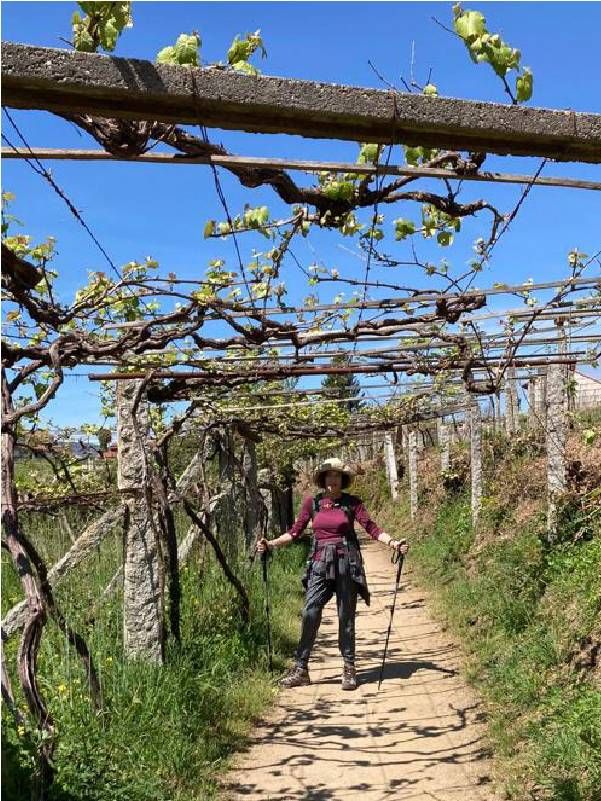
To paraphrase something I recently read, we often don't know what's going to lift the darkness. So it was with my Santiago experience because the impossible once again became possible.
Walking brought me back to the physical world. Walking through people's lives, their farmlands, their afternoons spent sitting in the sun. Walking grounds you. Pulls you back into the moment. The journey was more personal than I expected, more inward.
A friend who walked for much longer and in memory of his wife, wrote about how he used some of his time to think about how he can work on some of the problems we face in the world.
For me, what emerged was a heightened awareness of my own life and how to best live it. I'm not the same person I was at 45, yet I am.
